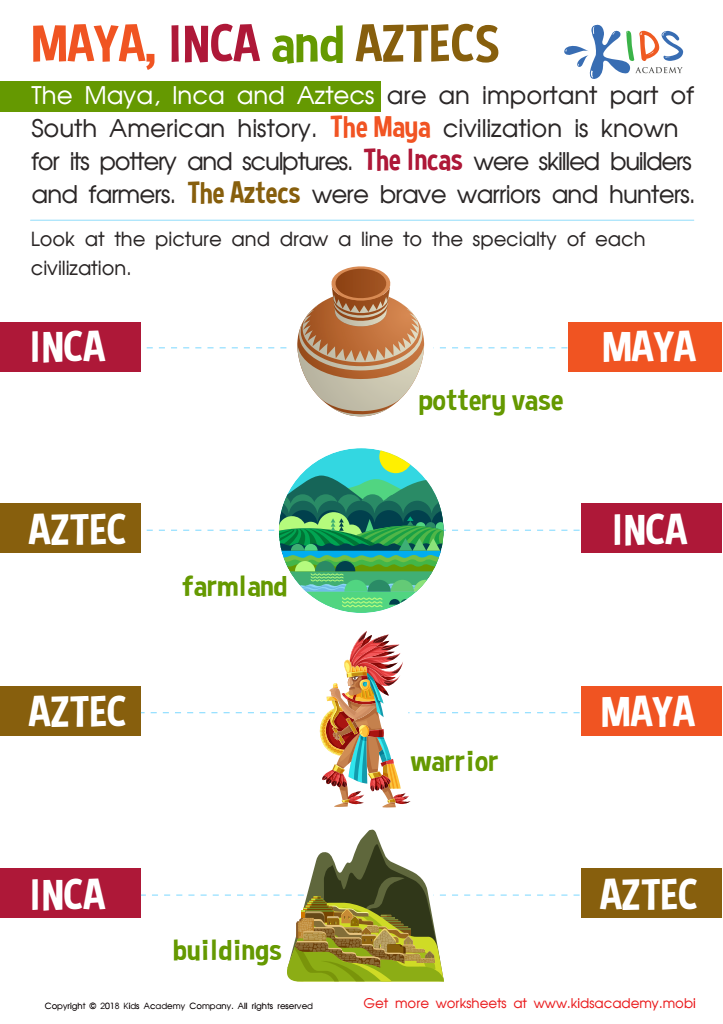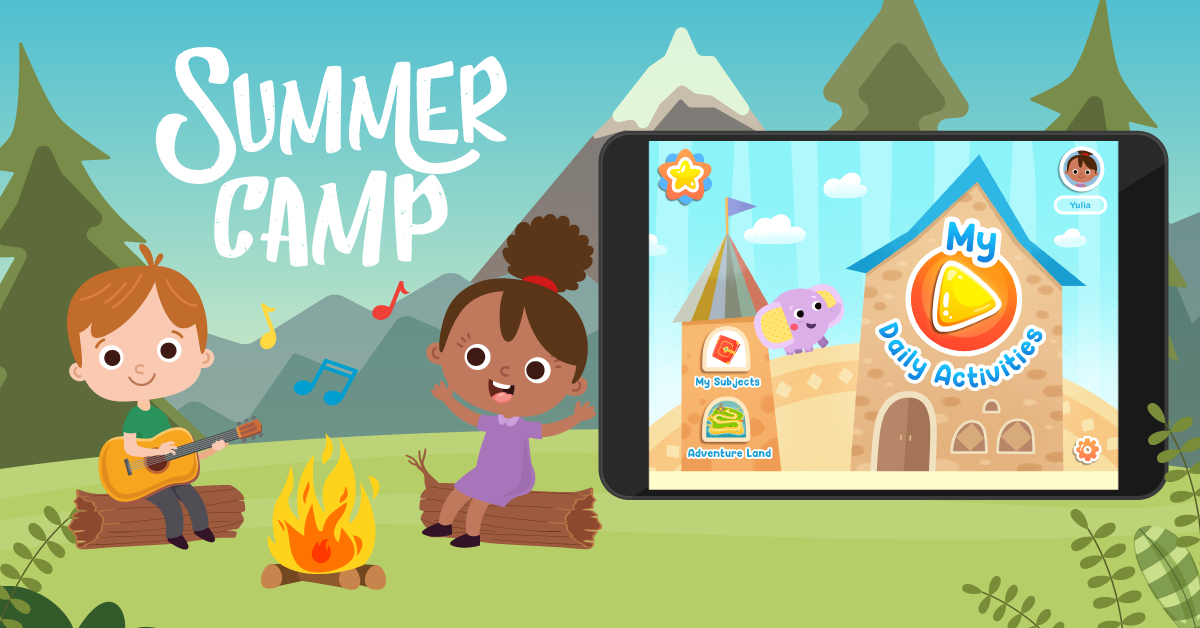Comparison Skills Worksheets for Ages 4-9
12 filtered results
-
From - To
Unlock your child's potential with our Comparison Skills Worksheets designed for ages 4-9! These engaging worksheets encourage children to compare and contrast various concepts, enhancing critical thinking and analytical skills. Suitable for home or classroom use, our worksheets cover a variety of topics, allowing kids to identify similarities and differences between objects, numbers, and more. Perfect for early learners, these resources foster curiosity, boost cognitive development, and support foundational math skills. Each worksheet is crafted to make learning fun and accessible, helping young learners gain confidence in their abilities. Start your child’s journey to becoming a thoughtful comparator today!


Which One Is Different Worksheet


Telling The Time Worksheet: Part 4


Maya, Inca and Aztecs Worksheet




Which Doesn't Belong? Worksheet


How Many More to Add Worksheet


Who Has 1 More? Worksheet


Aircraft Carrier Picture Graphs Worksheet


Sorting: Tallest to Shortest Worksheet
Comparison skills are essential for children aged 4 to 9 as they form the foundation for critical thinking, problem-solving, and numerical literacy. At this young age, children naturally begin to observe and categorize the world around them, making comparison a powerful tool for learning. By encouraging children to compare sizes, shapes, quantities, and even emotions, parents and teachers help them develop analytical abilities that are crucial for academic success.
These skills foster cognitive development by helping children discern differences and similarities, which enhances their understanding of concepts in math, science, and language arts. For example, comparing quantities lays the groundwork for basic arithmetic, while contrasting narrative elements can improve reading comprehension.
Moreover, comparison skills extend beyond academics and into real-life situations. By learning to evaluate and assess options and experiences, children become better decision-makers. They also cultivate social-emotional learning by learning to understand diverse perspectives, fostering empathy and respect for others.
Ultimately, nurturing comparison skills in early education provides a pathway for lifelong learning and adaptive reasoning. By prioritizing these skills, parents and teachers play a pivotal role in shaping well-rounded, thoughtful individuals who are better equipped to navigate the complexities of the world.
 Assign to My Students
Assign to My Students























